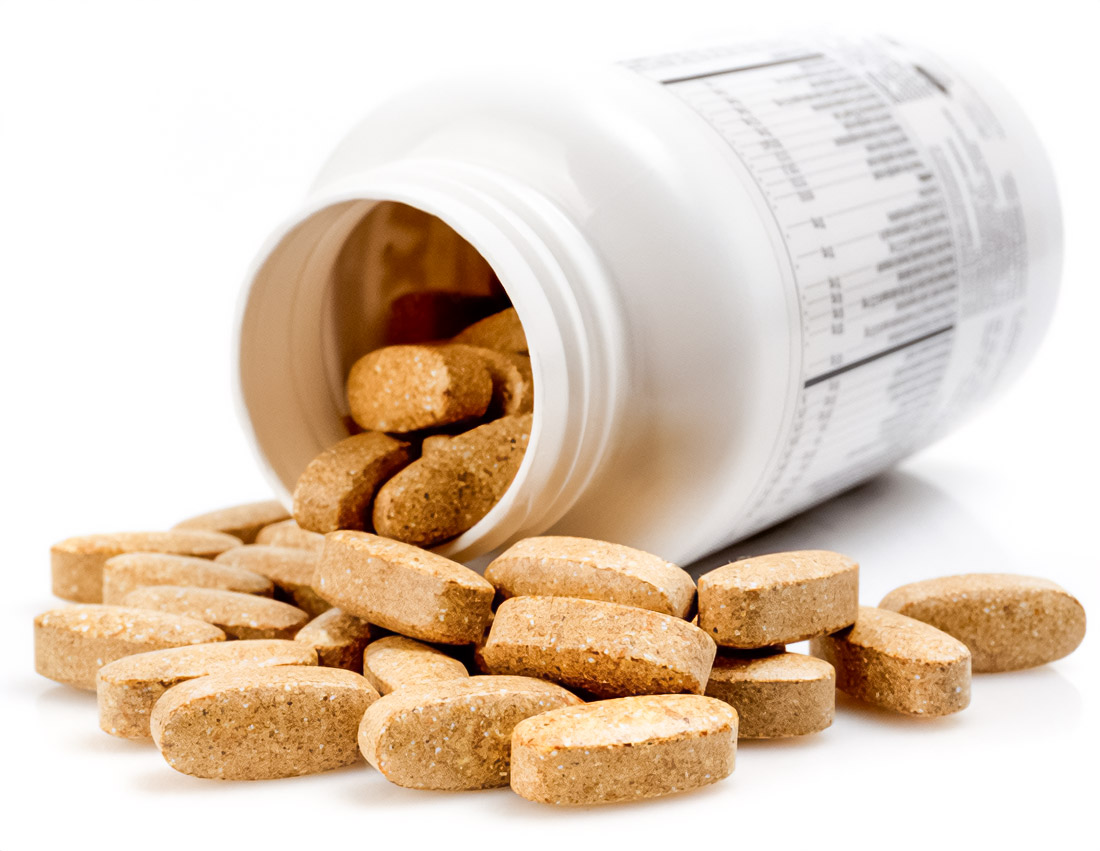Docosahexaenoic and Arachidonic Acids: Key to Optimal Development of Infants
Docosahexaenoic acid (DHA) and arachidonic acid (ARA) represent themselves as important components in the development of infants. These fatty acids play a key role in the formation of the brain and vision, ensuring optimal development in the first years of life. For parents, it is important to know that the source of such acids can be formula milk in UAE, available on the market.
Key role DHA and ARA in development of infants: secrets of success

Biological significance DHA and ARA: Foundation for rapid growth
Docosahexaenoic acid (DHA) and arachidonic acid (ARA) compose the foundation of brain activity. They are responsible for the formation of neuronal connections and the health of the retina of the eye. About 60% of structural lipids in the brain – are DHA. Without it, infants are at risk of delays in cognitive development. Japanese scientists calculated that 20% more DHA can accelerate the development of cognitive skills by 30% in a period of up to two years. ARA is also indispensable for immunity, supports the integrity of cellular membranes, and participates in processes of inflammation and healing. Appearance ARA in diet on 15% improves immune response in infants, according to studies conducted in USA.
Sources DHA and ARA: What possibilities open for infants
Sources DHA and ARA are diverse and depend on the type of feeding infant. Breast milk is a natural leader among sources of nutrition because it contains significant levels of DHA and ARA, which infants receive immediately from birth. Studies show that children, being on breastfeeding, have a 40% higher chance of developing vision and intelligence higher than average levels. In baby formulas, DHA is added in the form of oils from microalgae and fish oil, while ARA is added from plant sources, such as mushroom oil. The majority of modern productions try to achieve 90% similarity with breast milk in part of the content of these acids.
Arguments “for” and “against” use of DHA and ARA in baby formulas: Dilemmas of modern parents
Arguments “for”:
- Support of development of brain and vision: Studies confirm that amounts of DHA and ARA in baby formulas contribute to the improvement of cognitive functions. According to statistics, children consuming DHA have a 25% higher intelligence quotient than peers without supplements.
- Immune support: Presence of ARA in diet strengthens the immunity of infants, reducing the risk of infections by 15-20%.
- Adaptation to breast milk: Formulas help duplicate the composition of breast milk, providing infants with nutrients close to natural.
Arguments “against”:
- Cost: Increase in content DHA and ARA in formulas raises their cost by 10-15%, that not everyone affordable.
- Ambiguous studies: Not all scientists agree with the results of studies, asserting that the influence of these acids is significant.
- Risk of overdose: Too high level of polyunsaturated fatty acids can lead to undesirable consequences.
Comparison with breast milk: Who wins in a duel of nutrition?
Breast milk remains standard among all available types of nutrition for infants. The uniqueness of its composition ensures complete and easy absorption of all necessary components. Laboratory studies show that levels of DHA and ARA in breast milk are optimal for infants and supplemented with other important bioactive substances. Although modern formulas with the addition of DHA and ARA successfully approximate the composition of breast milk, a number of factors, such as the bioavailability of components, make the formula inferior to the natural leader.
Prospects of development and concluding thoughts: What awaits us ahead
The Role of DHA and ARA in the development of infants reveals itself more clearly, becoming the main direction of scientific research. Parents must be informed about the latest scientific developments and the choice of optimal nutrition for their child. Stimuli to study are the search for an ideal balance of these acids in baby formulas to achieve a level of nutrients maximally close to breast milk. The future of baby nutrition promises to be multifaceted, offering the latest achievements for the improvement of the health and well-being of infants.
Study about dietary DHA and ARA for infants

Biker, feminist, hiphop head, Saul Bass fan and recent OCAD grad. Making at the intersection of art and mathematics to create not just a logo, but a feeling. My opinions belong to nobody but myself.
